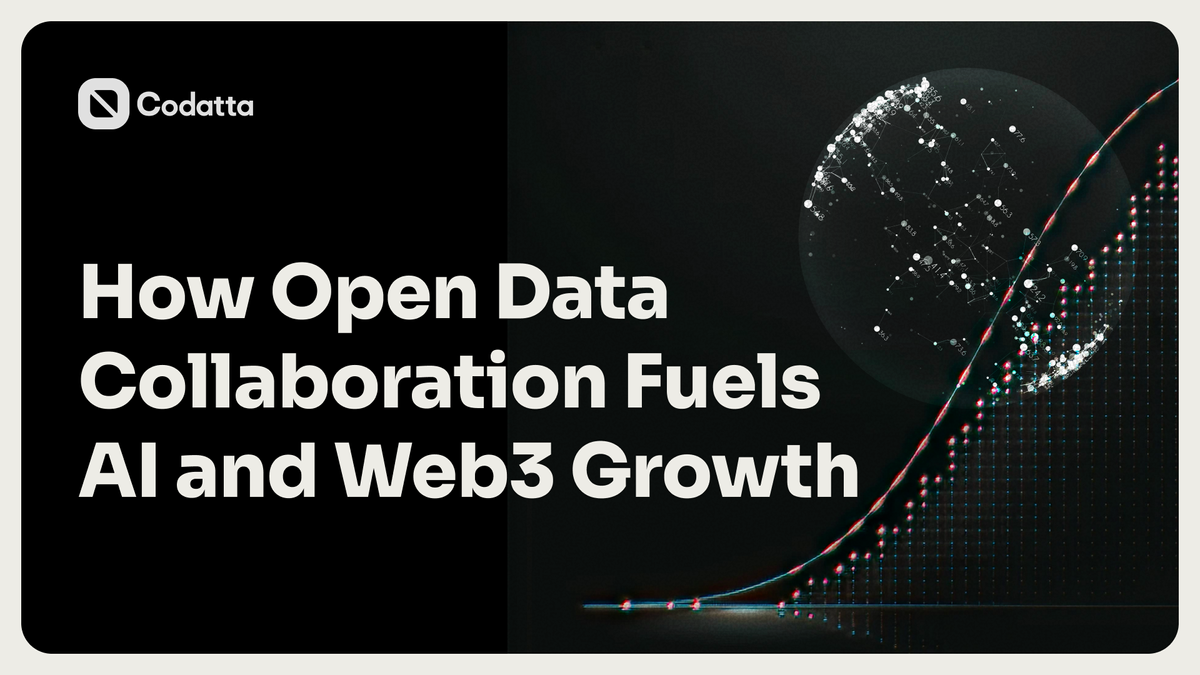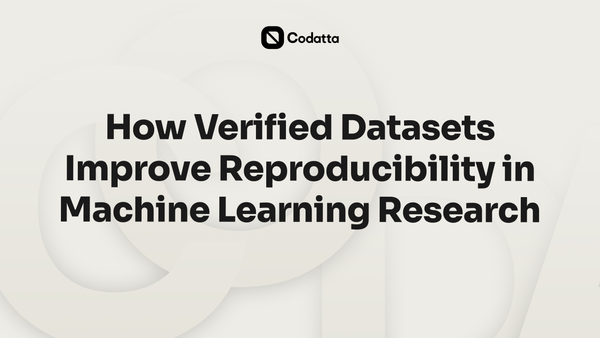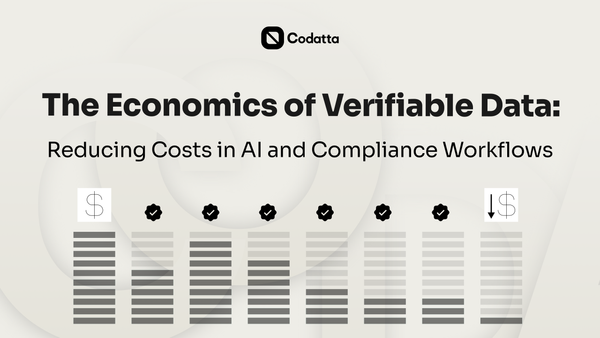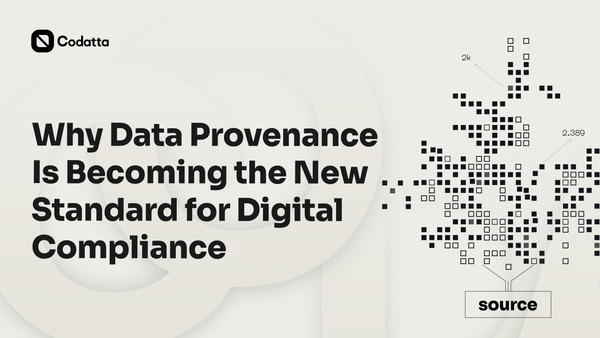How Open Data Collaboration Fuels AI and Web3 Growth

AI and Web3 are moving fast, but both depend on access to reliable data. When information is locked away, models and systems struggle to improve. Open collaboration makes it possible to share data, decentralize control, and support new business models.
Codatta brings these ideas together by showing how decentralized data and community participation can strengthen training and development. Read on to see why open data collaboration is becoming essential for artificial intelligence and Web3.
The Value of Open and Collaborative Data
Open-source frameworks and open data give developers faster ways to build and test systems, while visibility improves trust in results. When large language models or other machine learning models rely only on limited or unverified sources, the quality of training data suffers. Data sharing across fields provides the high-quality data needed for reliable model training and safer AI services.
Collaboration in data collection has already proven useful in areas like public health, disaster response, and research. By pooling unstructured data and verifiable data from multiple contributors, organizations can close the gap between data availability and effective use. Web3 technologies add another layer by giving people control over their data and enabling data security without compromising privacy.
The combination of AI and Web3 can help developers access the amounts of data needed for training AI models, while ensuring data remains transparent, traceable, and secure. This intersection supports not only the development of AI but also new Web3 applications that rely on collaborative data to grow.
Why AI and Web3 Complement Each Other
Web3 technologies can improve how AI systems access and use data by decentralizing control and making data marketplaces more transparent. Instead of user data being locked in a few platforms, Web3 can help contributors share data securely and maintain control over their information. This opens the door to high-quality data for AI development and training AI models without compromising data privacy.
Blockchain data and token incentives add accountability to the process. Verifiable data records ensure that training data and user contributions remain traceable, which supports ethical use of AI algorithms and open data collaboration. Web3 applications in this space include decentralized storage, identity systems, and reward models that align incentives across contributors and developers.
The convergence of AI and Web3 creates opportunities for collaborative data collection and analysis at scale. AI developers gain access to larger amounts of data from multiple sources, while communities benefit from fairer business models and stronger data security. This combination supports the future of AI services and the advancement of both fields.
Codatta in This Landscape: How Open Data Collaboration Fuels AI and Web3 Growth
Codatta is built as an open, multi-chain protocol where anyone can contribute, validate, and access data. Instead of relying on a few centralized providers, the system is designed around permissionless participation. People can add context to blockchain data, such as tagging addresses with categories like exchange, scam, or project, or supplying demographic information that supports research, commerce, and decentralized applications. To protect privacy, the protocol excludes details that could reveal individual ownership of accounts or wallets.
This model addresses several long-standing issues. In traditional settings, data often remains locked inside silos, leaving developers and researchers without the visibility they need. Verification is also limited when information comes from a single source, which increases the risk of errors. On top of that, many teams end up repeating the same work, curating duplicate datasets at high cost. Codatta tackles these gaps by creating a system where contributions can be shared, checked, and reused across different projects.
For AI development, this means more reliable training data and larger pools of information for model training and data analysis. Instead of unstructured data scattered across platforms, contributors help turn it into structured, high-quality datasets that can support different AI systems, generative AI tools, or large language models. The same data can also be used in Web3 technologies for risk detection, fraud monitoring, and decentralized identity, showing the intersection of AI and Web3 in practice.
To keep contributors engaged, Codatta has clear incentives. Points and royalties give people recognition and long-term rewards when the data they submit is used downstream in AI model training or Web3 applications. This means that the value of user contributions does not disappear after the initial upload but remains tied to the growth of the AI economy and the wider use of Web3 technologies.
In this way, Codatta creates a system where high-quality data can circulate openly, contributors keep control over their work, and developers have access to resources that are transparent, verifiable, and ready to support new forms of AI and Web3 innovation.
Looking Ahead
Open collaboration is becoming a practical requirement for both artificial intelligence and Web3. Projects like Codatta show how raw data can be turned into training data that supports decentralized AI, large-scale analysis, and new applications. Instead of data being locked away, contributors and AI agents can take part in creating high-quality resources for developers.
This model matters because AI training depends on more than just volume; it needs verifiable data that connects to real-world use. AI technology can help in areas such as fraud detection, healthcare, and decentralized identity, but only if the data is reliable. By opening data collection and rewarding participation, community-led systems reduce duplication and improve transparency.
Web3 has the potential to make this process sustainable. With blockchain-based records and incentive models, contributors keep a role in the development of datasets while organizations gain trusted inputs for model building. In this way, AI can help deliver useful services while Web3 ensures that control and rewards are shared more fairly.
Final Thoughts
The future of AI and Web3 will depend less on abstract promises and more on the quality of data behind them. Open collaboration can supply the high-quality training data that AI innovation requires, while also making sure contributors share in the value. Using generative AI alongside transparent data and computing power opens new opportunities, and the adoption of Web3 can improve how that data is managed, verified, and rewarded. With platforms like Codatta, these pieces start to come together in practice.




